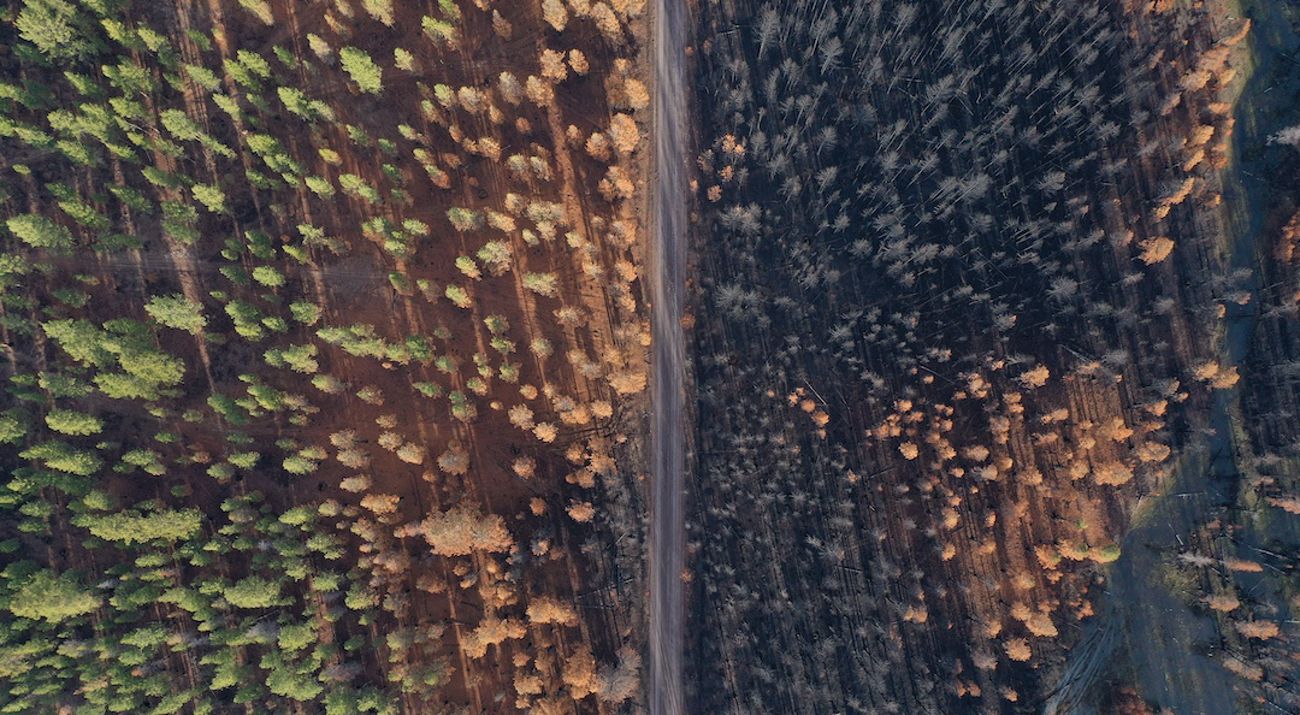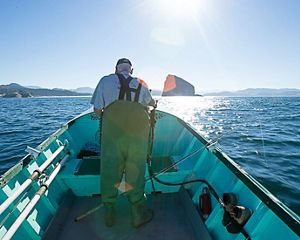Through the Fire
A year after the Bootleg Fire, scientists look to understand the effectiveness of forest restoration efforts in the face of this extreme wildfire.
Proactive, science-based dry forest restoration, including ecological thinning and prescribed fire, is effective, essential and needs to be done on a landscape scale in Oregon.
The Bootleg Fire Comes to Sycan Marsh
On July 6, 2021, a wildfire started by lightning burned for 39 days and charred 413,000 acres, including land that is home to members of The Klamath Tribes and The Nature Conservancy’s Sycan Marsh Preserve.
When Oregon’s Bootleg Fire entered TNC’s Sycan Marsh Preserve under extreme weather conditions, firefighters reported a dramatic change in fire behavior when the wildfire moved into areas where ecological thinning followed by prescribed burning had occurred.
Firefighters noticed something different: Flames more than 200 feet tall in adjacent unrestored forest areas, quickly moved to the ground, behaving more like fire did historically in these dry forests.
Prepared for the Moment
Modern wildfires burning through unhealthy dry forest landscapes are a complex challenge, yet the outcomes on Sycan Marsh underscore that reintroducing low-severity fire must be part of a multi-pronged solution.
Large, low- to moderate-intensity wildfires have historically been an important part of dry forest landscapes, resulting from both natural fire and cultural fire use by Indigenous peoples.
The Bootleg Fire started on July 6 about 14 miles south of the preserve. Just four days later, it reached the property. “We were prepared for the moment it hit the property,” says Katie Sauerbrey, The Nature Conservancy in Oregon’s fire program manager.
That preparedness took many forms. Most Oregon land management staff have and maintain firefighting qualifications. Fire plans are updated annually, including preparations for the property’s facilities. Sauerbrey and other TNC staff have spent years building relationships with federal and state agency staff involved in fire management.
Quote: Katie Sauerbrey
We had built these relationships on the ground through prescribed burning. Our staff know each other. We know each other’s skills. We were prepared so we could help bring out-of-town firefighters up to speed quickly.
Lessons Learned
We have learned that we cannot and should not eliminate fire completely from our forests.
More than 100 years of fire suppression have caused excess vegetation to accumulate on the forest floor. When combined with climate change, this is now driving more intense, uncharacteristic fires in Oregon’s dry forests.
The quality, pace and scale of dry forest restoration treatments must be urgently increased on priority landscapes in Oregon based on the robust ecological restoration science we have at our disposal.
TNC is working with local, state, federal and tribal partners to increase forest restoration and beneficial fire in the right places at the right times to protect our forests and communities.
Images from the Frontlines
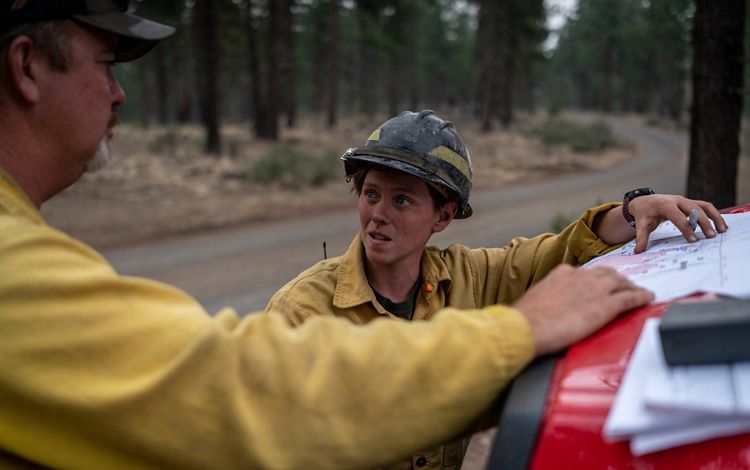
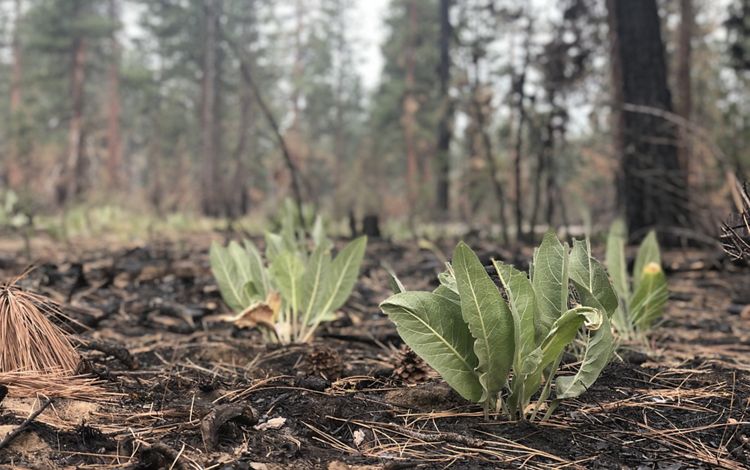
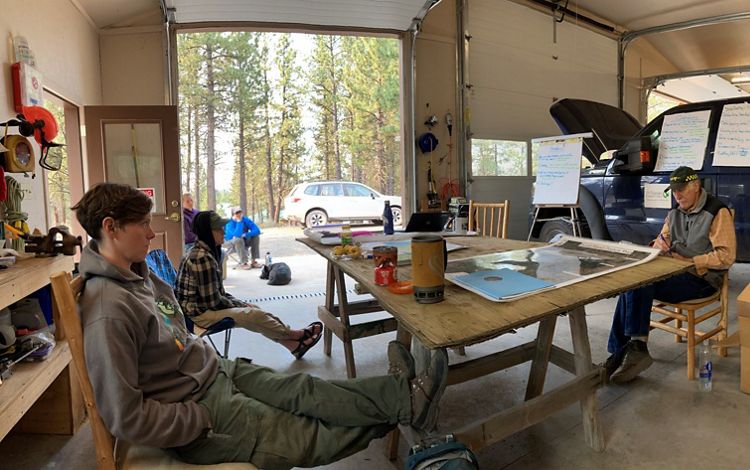
Get Stories Like This in Your Inbox!
Stay updated on our work in Oregon and beyond.
